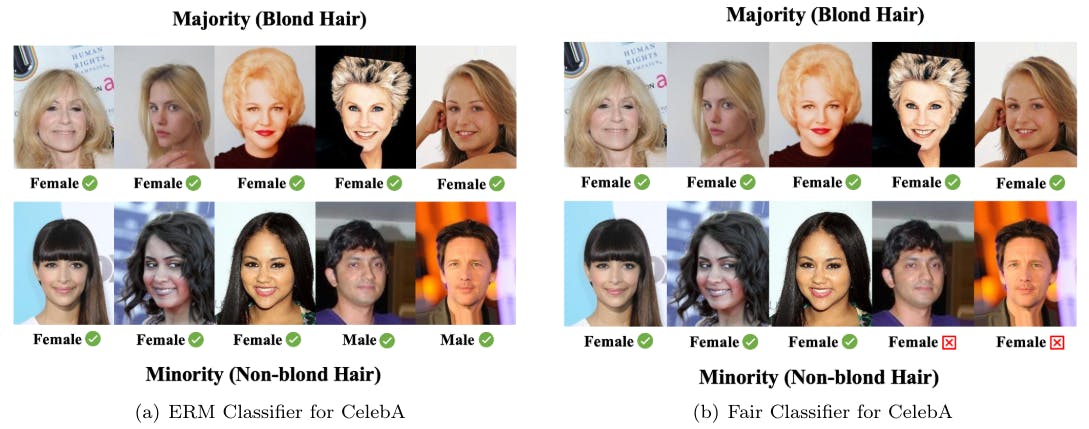Mathematical evidence for fair AI deviation analysis

Connection table
Summary and 1 Introduction
2 Related Works
3 front
3.1 Fair Controlled Learning and 3.2 Justice Criteria
3.3 Addiction Measures for Fair Controlled Learning
4 Inductive Prejudice of DP Based Fair Controlled Learning
4.1 Expanding theoretical results to the randomized estimation rule
5 DP Based Fair Learning A Strete Soluct Optimization Approach
6 numerical results
6.1 Experimental Installation
6.2 Inductive Prejudices of Models Trained in Fair Learning with DP
6.3 Fair Classification with DP Based on Learning with Heterogeneous Federation
7 results and references
Additional A Evidence
Additional Results for additional B image data set
Additional A Evidence
A.1 Theorem 1 evidence
Therefore, we can write the following for the objective function in the equation (1):
Knowing that TV is a metric distance that meets triangular inequality, the above equations
Then,
A.2 theorem 2 evidence
A.3 Theorem 3 evidence
Therefore, we can follow the theorem evidence that the above inequality leads to the alleged boundaries in theorems.
Additional Results for additional B image data set
This part shows the inductive prejudices and visualized graphs of the DP -based exhibition classifier for the Celeba data set. For Baselines, two fair classes are applied for Image Fair Classification: recommended by KDE [11] and suggested by Mi [6]According to Resnet-18 [28].
Authors:
(1) Haoyu Lei, Hong Kong Chinese University Department of Computer Science and Engineering ([email protected]);
(2) Amin Gohari, Hong Kong Chinese University Department of Information Engineering ([email protected]);
(3) Farzan Farnia, Hong Kong Chinese University Department of Computer Science and Engineering ([email protected]).

















